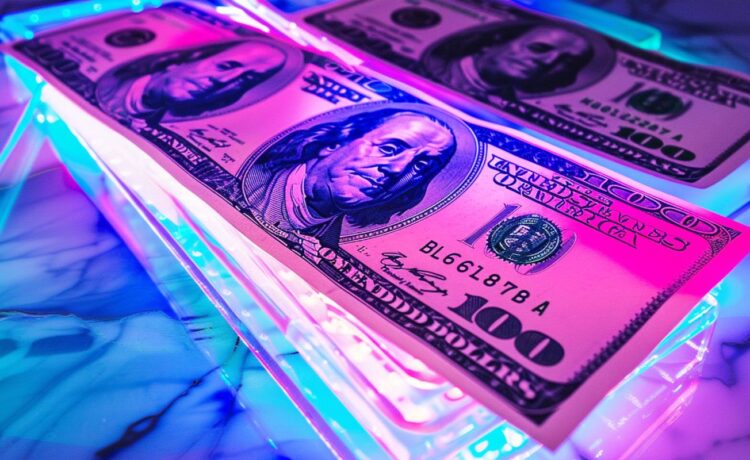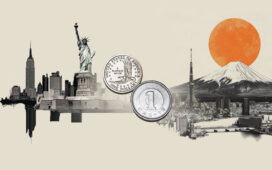The founder of The Kobeissi Letter, Adam Kobeissi, says he’s seeing a sign that the US dollar may suddenly strengthen.
The macro analyst tells the 1 million followers of The Kobeissi Letter on X that the Bloomberg U.S. Economic Surprise Index is flashing bullish for the greenback.
“Is the US dollar set for a rebound? The Bloomberg US Economic Surprise Index turned positive this week for the first time since February. The index measures whether economic data comes in above or below consensus estimates. This comes as Q2 2025 GDP growth, initial jobless claims and personal spending data all surprised to the upside.
Historically, when the Economic Surprise Index rises and stays positive, the US Dollar tends to strengthen. Meanwhile, speculative USD short positions by asset managers and leveraged funds have hit their highest level since early 2021. Is a US Dollar short squeeze imminent?”
The analyst also warns of a heavy concentration in the stock market that is reminiscent of the conditions before the dot-com crash.
“Shocking stat of the day: the top 10% largest US stocks now reflect a record 78% of market cap for the US stock market. This exceeds the previous record set in the 1930s by three percentage points. This is also above the peak of the 2000 dot-com bubble, when the percentage was 74%.
By comparison, in the 1980s, the weight of the top 10% was below 50%. Meanwhile, the top 10 stocks as a percentage of the S&P 500’s market cap is at a record 41%. The market has never been so concentrated.”
Lastly, Kobeissi points out that a large portion of American households’ wealth is in stocks.
“US households have massive exposure to equities: equities now account for 32% of total US household assets, the largest percentage among all categories. This is followed by real estate, at 30%, and insurance & pensions, at 21%.
By comparison, in China, real estate accounts for the majority of total assets at 55%, while equities make up only 11%. In the UK, Korea, and Australia, households hold 57%, 65%, and 57% in property, while equities represent only 7%, 7%, and 8%, respectively. In Taiwan and Japan, households hold 35% and 30% of their wealth in real estate, and 12% and 20% in equities. US households’ wealth is heavily tied to the stock market.”
Follow us on X, Facebook and Telegram
Don’t Miss a Beat – Subscribe to get email alerts delivered directly to your inbox
Check Price Action
Surf The Daily Hodl Mix
 

Disclaimer: Opinions expressed at The Daily Hodl are not investment advice. Investors should do their due diligence before making any high-risk investments in Bitcoin, cryptocurrency or digital assets. Please be advised that your transfers and trades are at your own risk, and any losses you may incur are your responsibility. The Daily Hodl does not recommend the buying or selling of any cryptocurrencies or digital assets, nor is The Daily Hodl an investment advisor. Please note that The Daily Hodl participates in affiliate marketing.
Generated Image: Midjourney




